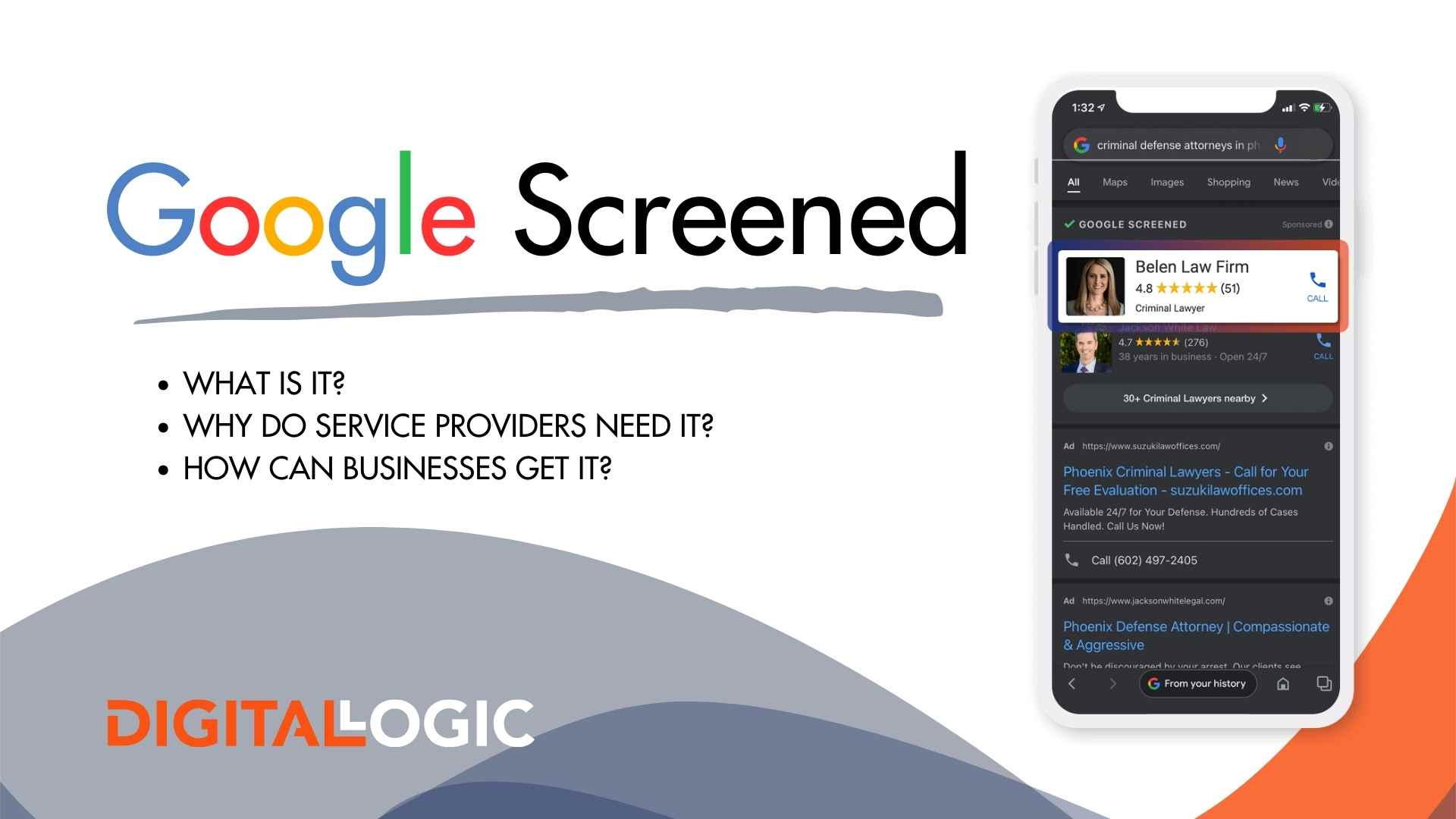COGS Formula
Table of Contents
ToggleWhat is the Cost of Goods Sold Formula?
The cost of goods sold, also known as COGS, is a business and sales metric used to determine the value of inventory sold during a specific time period. This formula looks at all expenses directly related to the product that you are selling and the direct labor put into producing the goods.
Businesses that create products, such as digital goods sold online, can use the cost of goods sold formula. Other than that, companies within the service industry can use COGS as a cost of revenue.

How to Calculate Cost of Goods Sold (COGS)
Calculating the cost of goods sold (COGS) is done by taking the value of the beginning inventory, adding the cost of new inventory items purchased during the period, and subtracting the value of business inventory remaining at the end of the period. So in simpler terms, the formula is as follows: Cost of Goods Sold (COGS) = Beginning Inventory + Purchased Inventory – Ending Inventory The components of COGS are as follows:- Beginning Inventory- the company’s physical inventory from the previous period. This could be the previous quarter, month, year, etc.
- Purchased Inventory- the total costs involved in terms of purchased inventory during the accounting period.
- Ending Inventory Costs- inventory was leftover from that period.
Simply put, the inventory COGS is the direct cost of producing goods in a company for a specific period. The total amounts include the following components:
- Cost of Materials- direct costs such as supplies and raw materials. Any indirect costs should be ignored and can’t be included in the calculation of COGS.
- Direct Labor Costs- wages directly paid to employees or labor directly related to product manufacturing.
Direct Costs
Direct cost refers to any expense that is associated with the production facility of a company. The direct costs incurred can vary, depending on the quantity, but even fixed costs like rent can be considered indirect expenses. Having direct cost is essential for many reasons, including budgeting, decision-making, estimating sales prices, and profit evaluation. The different types of direct costs are:
- Direct Labor Costs: The wages paid directly to employees who work on the products during the manufacturing process.
- Direct Material Costs: This includes raw materials used in production or purchase for reselling purposes. Any indirect costs need to be ignored and shouldn’t be included in costs related to the calculation of COGS, including expenses like marketing or sales expenses.
Indirect Costs
Indirect costs are those costs that aren’t easy to identify as per the cost objects. These costs can be fixed or variable, such as operating expenses, office expenses, salary paid to administrative expenses, facilities costs, marketing expenses, or any other indirect overhead expenses. COGS excludes indirect costs. These costs can take a long time to trace because they include payments to departments or people that don’t have a connection to the production activities. Understanding the difference between the two types of costs is important because it can affect how you plan and manage a company. Similar to digital marketing, when you understand the estimated value of your return on investment, you’re able to secure more value without necessarily paying higher costs. Calculating cost will help your company determine what activities should be focused on and which are unnecessary. A company can become more equipped and effectively plan for the future when they track its direct and indirect costs.Cost of Goods Sold Examples

Example 1
Say you want to calculate the cost of goods sold in the first quarter of 2022. Your inventory record’s beginning inventory would be on January 1st and end on March 31st.
If your business had the following:
- beginning inventory of $30,000
- purchases totaling $10,000 for the quarter
- ending inventory of $5,000
To calculate COGS, you would perform the following equation:
Cost of Goods Sold (COGS) = $30,000 + $10,000 – $5,000 = $35,000
Therefore, the total cost of goods sold in the accounting period is $35,000.
Example 2
The beginning inventory recorded for the fiscal year ended in 2021 is $5,000. There was also additional inventory purchased during the 2021-2022 fiscal year in the amount of $2,500 and $1,000 ending inventory recorded at the end of the fiscal year ending 2022. Based on the cost of goods formula, the goods sold cost for this accounting period would follow this equation:
Cost of Goods Sold (COGS) = $5,000 + $2,500 – $1,000 = $6,500
Extended COGS Formula
This accounting method is a more detailed formula including returns, shipping costs (excluding shipping containers), discounts, and allowances.
To calculate cost using the extended COG formula, you will follow this equation:
Cost of Goods Sold (COGS) = beginning Inventory + purchases + freight in – ending inventory – purchase discounts – purchase returns and allowances.
- Beginning Inventory- the inventory amount at the opening of the stock period.
- Purchases- costs incurred for purchasing manufactured goods or setting up a product, such as raw materials.
- Freight In- transportation costs incurred for raw materials being brought into the setup location.
- Ending Inventory- the amount of closing stock for a specific period.
- Purchase Discounts- discounts that are received in the product supply chain.
- Purchase Returns and Allowances- purchase returns are the costs incurred when items are returned to the suppliers. Allowances are additional benefits received in the purchase chain of the product.
Think of it this way, a company QRS manufacturing packet of markers. The direct cost of manufacturing one packet is $3.00, and below are the other statistics.
- Opening inventory: 4,000 packets
- Closing inventory: 500 packets
- Freight in $15,000
- Discounts received: $2,500
- Purchase costs: $60,000
The cost of opening inventory: $4,000 x 2 = $8,000
The cost of closing inventory: 500 x 2 = 1,000
When calculating COGS, you’ll follow this equation:
Cost of Goods Sold (COGS) = $8,000 + $ 60,000 + $15,000 – $2,500 = $80,500
Changes in COGs - Valuing Your Inventory

You can determine the value of your inventory in a new business either by its purchase price or by the cost of goods formula, then use a zero value for starting inventory. If you have an established business, the value of your beginning inventory would be the same as the ending inventory value in the previous year.
Three ways your inventory can be valued are:
- First in, first out
- Last in, first out
- Average cost method
First in, first out implies that a company is selling its oldest inventory before its newest ones. As prices increase over time, the assumption is that they’re selling its more affordable inventory before it’s more expensive. Last in, first out assumes the opposite. The average cost method tries to eliminate the effect of inflation by valuing inventory based on the goods currently in stock at an average price.
Whichever valuation method you choose, you should stay consistent. It’s important to ensure that the calculations of depreciation and amortization are done accurately and that obsolete inventories are written off correctly.
COGS Metrics and COGS Ratios
To effectively determine the number of goods sold for a business and its financial stability, the following ratios and KPI metrics can be used with COGS.
COGS Ratio
Typically used to highlight sales revenue percentage used by businesses to pay for expenses that directly vary with sales.
COGS ratio = (COGs/Net Sales) x 100
For example: if Company T has COGS of $50,000 and total net sales of $60,000, then its COGS ratio will be:
(50,000/60,000) x 100 = 83.3%
Inventory Turnover
A type of ratio used to determine how well a company can generate sales from the inventory. Inventory turnover indicates the time the company has sold and replaced its inventory in the given period.
How to calculate it:
Inventory formula = COGS/Inventory Average
Adding the ending and beginning of the inventory and then dividing this amount by two can establish the average of any inventory. High inventory turnover is proof of increased sales and good inventory.
Gross Profit Margin
The percentage of sales revenue a company retains after incurring all its costs of goods sold. The higher the gross margin, the more the amount a business can retain from every revenue dollar.
Gross margin = ((Sales revenue – COGS)/Sales revenue) x 100
Why Is Cost of Goods Sold Formula Important for Digital Marketing?

It’s essential to know your cost of goods sold if you’re operating a small business for the following reasons:
Set the Right Product Price
Knowing your COGS will help you set the correct product cost without scaring off your customers. Having the right price will help you successfully cover your business expenses, including marketing expenses, while ensuring that you earn a healthy profit margin.
You will generally be in a good position to know when you can reduce or increase your product prices. You can, of course, use COG along with other industry-approved techniques to help ensure that you are effectively competing with other businesses in the same industry.
Most businesses find success in spending 10% of their sales or gross profit on marketing throughout the year.
Income Tax Purposes
The cost of goods sold and your tax liability has a direct relationship. The COGS of your business are tax deductible. The cost of goods sold usually is the second line item that appears on your company’s income statement. You will pay less in taxes with lower net income if your business has a high cost of goods sold.
This will also be essential in alerting you that your business is likely not making enough profit, which is why you need to implement a system to create a healthy balance between your business’s profitability and business expenses.
Identify Growth Opportunities
Using COGS consistently means using historical data established to determine seasonal trends. Using historical changes can help you identify new opportunities to drive the business forward.
For example, if your COGS are higher in the winter, you can expand your business with products in high demand during the winter to decrease the risk of making losses.
Analyzing Your Business’s Health
The cost of goods sold can be used to calculate different ratios. This means that you can conveniently determine the health of your business by weighing your operating expenses and production costs against your gross profit.
This can result in better decision-making, especially those that are more likely to positively affect your business. The acquired information can help you determine if your business should try and reduce your operational costs, if you can pay your debts fully, or if you need to consider closing your business.
SEO and Pay-Per-Click Management Specialists
At Digital Logic, we use data to back all of our marketing decisions. We never want to put our clients in a bind financially, and we have never lost a client due to “not being able to pay for our services.”
Since we heavily rely on data and metrics to make our marketing decisions, we are able to help all of our clients secure a great return on investment for marketing services. We are an award-winning full-service digital marketing agency that specializes in pay-per-click advertising and search engine optimization services.
Suppose you’re having trouble with operating expenses or managing costs of goods sold (COGS). In that case, digital marketing may help provide the extra boost that your business needs to get more customers and succeed long-term.
We offer free SEO website audit services, so you have nothing to lose by calling our professionals!





